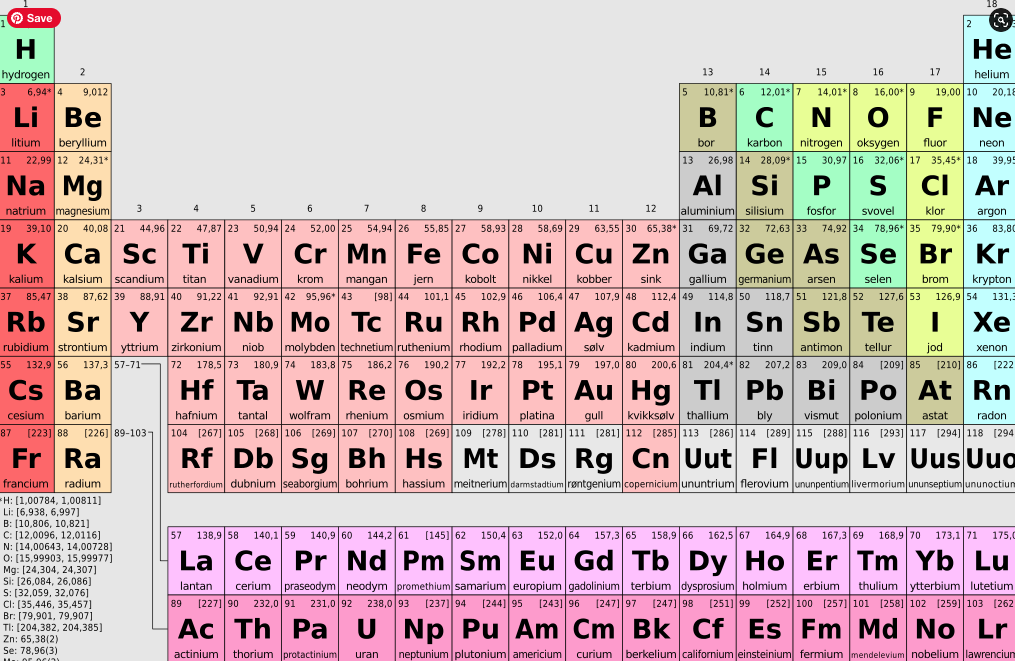Ever wonder what the “right” concentration of a particular element in your aquarium is? With ICP tests becoming more and more popular you may be wondering exactly what a “normal” concentration of some trace element should be, like manganese or zinc, or cobalt. The Monterey Bay Aquarium Research Institute hosts a simple clickable periodic table of the concentration of every relevant element in the ocean.
Each clickable element opens a new page with a ton of interesting data to read. One of the features of many elements of interest in our aquariums is that they don’t have a conservative distribution in the ocean; that means they might be more or less abundant in the bulk of the ocean than they are at the surface where our corals live.
In other words, what is sometimes reported as the “average concentration” in the ocean in literature might be wildly different from what is relevant to us coral aquarists.
Phosphate
A good example is phosphorus, which takes the form of phosphate in the ocean with which we’re all likely familiar. The average concentration in the ocean is 0.06 mg/L, but measurements from 10m depth in the Atlantic and Pacific are only 0.001 and 0.004 mg/L, respectively. The whole story about phosphate distribution is much more complex; for example, surface waters off the California coast regularly have phosphate concentrations of 0.2 mg/L because of upwelling cold water from the deep sea that’s rich in nutrients.
This is but one example and if you’re a nerd like me you can click and read this page for hours. One caveat of the data in this periodic table is that the values are reported in moles/kg, which is a unit usually unfamiliar to coral aquarists. To convert to the units we usually use like mg/L (ppm) or ?g/L (ppb), multiply the atomic weight (which is grams per mole) by the concentration (millimoles per kg or moles per L) to give you the concentration in mg/L.
For example, calcium is 40.078 grams per mole, multiplied by an average concentration of 10.27 mmol/kg, which is equivalent to 411.6 mg/kg. This is fairly close to the units we use, mg/L because a liter of seawater doesn’t quite weigh exactly 1 kg but closer to 1.02 kg, but I consider it close enough.



